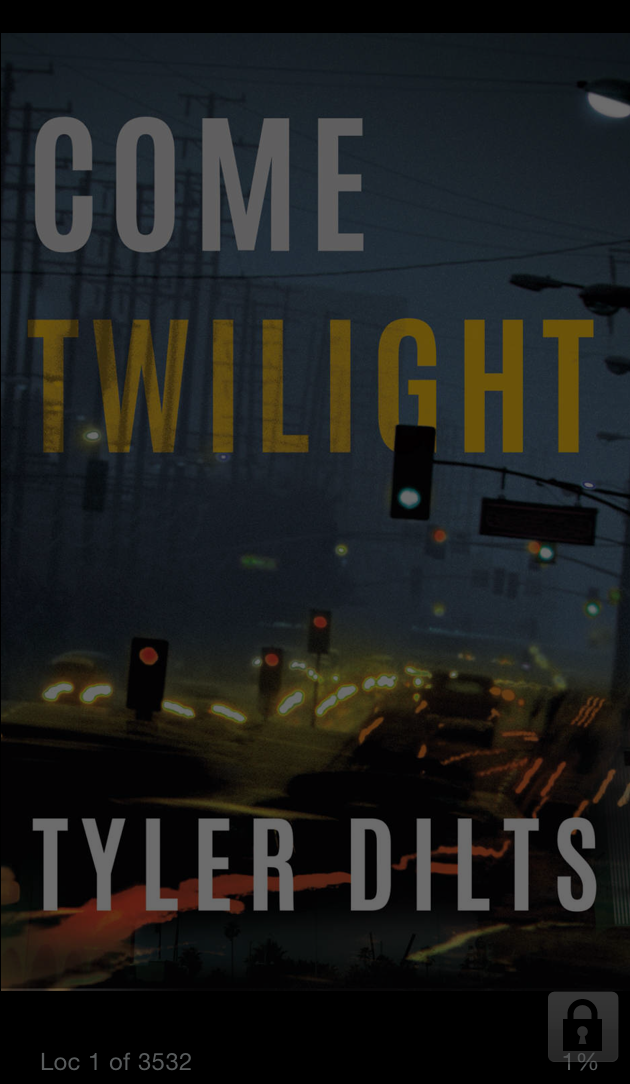Dating Old Stuff

Learning how to date things is both science and art. Of course, I don’t mean engaging in a romantic experience with the objects, but telling how old a thing is.
Like you’ve probably heard about bank tellers, who are trained to spot counterfeit currency by handling a lot of real currency, the same is true for museum and archive professionals. We learn to recognize things for what they are by handling a lot of similar stuff. Well seasoned collectors are the same. Being able to observe characteristics of an object allows us to learn more than is on the surface.
Curators track not only the history of the artifacts they care for in the way the object was used, but also how it is used after it enters a museum’s collections, like if it was studied for a publication, or if it appeared in an exhibit somewhere. This includes keeping an archive of related materials, like news clippings from exhibits. I recently received a news clipping from an exhibit, but there was no date on the clipping, from the newspaper or otherwise (a handwritten date is also great if it’s done). So, I wanted the clipping, but when did it come out?
Clues
On the front of the article, the gentleman on the left (not in the painting) looked all too familiar. No, he’s not me, but he could have been at one time. I remember the mid-1990s well, and that’s exactly how I dressed and most young men dressed at the time. But, what year, exactly? I can’t really tell from the photo if it’s 1993 or 1998. I know the exhibit and museum are in Nebraska (I am too), so I know wearing a flannel shirt and jeans really isn’t a good indicator of the season, so I’m can’t be sure of the month just from this photo. So, on the front of the article, the part I want, there’s not much to tell me the exact date of the article beyond it’s from the mid-1990s. Probably.

Flipping the clipping over, there are a few other bits that may be helpful, but best of all, there’s a movie schedule!
Today, many of these Omaha theaters are now gone, or if they still exist have been bought out. They also probably don’t have records on hand for when they showed which movies. Luckily for us, we have IMDB. I recognized some of these movies but didn’t remember exactly when they came out. (Who could forget Beverly Hills Ninja? Just me? Ok.) Fortunately, there were enough films here to hone in on a date where movies on the way out, and movies that had just debuted overlap. Charting it, we’ve got it down to the last two weeks in January 1997. That’s a pretty narrow window, and frankly good enough for documenting this article for my files.
To get the date even closer I could go through microfilm/digitized copies from those weeks and find the article, but that would take time I just can’t devote when January 1997 is good enough.
…
Curatorial Pipe Dreams
Admittedly, I lucked out on this clipping. I’ve got many others in our archives that just don’t have much to go on at all. In fact, it’s so obscure I can only hope one day someone develops the technology where I can run an image recognition of the scanned clipping and it’ll find the correct article within the digitized newspaper somewhere online. Wouldn’t that me amazing? Maybe someday.


 Most of my research is done through primary sources: newspapers, career guides, self-help books, medical books, etiquette guides, advertisements and so on… I also look at secondary sources, but then always pivot back to read the sources from the period that are referenced. In terms of writing historical fiction, one of the most interesting things for me is not presenting events as we might understand them today, but trying to understand how the same events were perceived during their time. So, in the case of the sleepwalker found frozen to death, in the 2010s, we would immediately question “too much schoolwork” as a cause, but in the 1910s, that opinion was backed up by doctors and medical books. And in fact, in the course of Kitty’s investigations, she speaks to a “nerve specialist” who tells her that girls who study too hard or work too much (like herself) are prone to all sorts of diseases. She has to get past that in order to solve the mystery.
Most of my research is done through primary sources: newspapers, career guides, self-help books, medical books, etiquette guides, advertisements and so on… I also look at secondary sources, but then always pivot back to read the sources from the period that are referenced. In terms of writing historical fiction, one of the most interesting things for me is not presenting events as we might understand them today, but trying to understand how the same events were perceived during their time. So, in the case of the sleepwalker found frozen to death, in the 2010s, we would immediately question “too much schoolwork” as a cause, but in the 1910s, that opinion was backed up by doctors and medical books. And in fact, in the course of Kitty’s investigations, she speaks to a “nerve specialist” who tells her that girls who study too hard or work too much (like herself) are prone to all sorts of diseases. She has to get past that in order to solve the mystery.

















